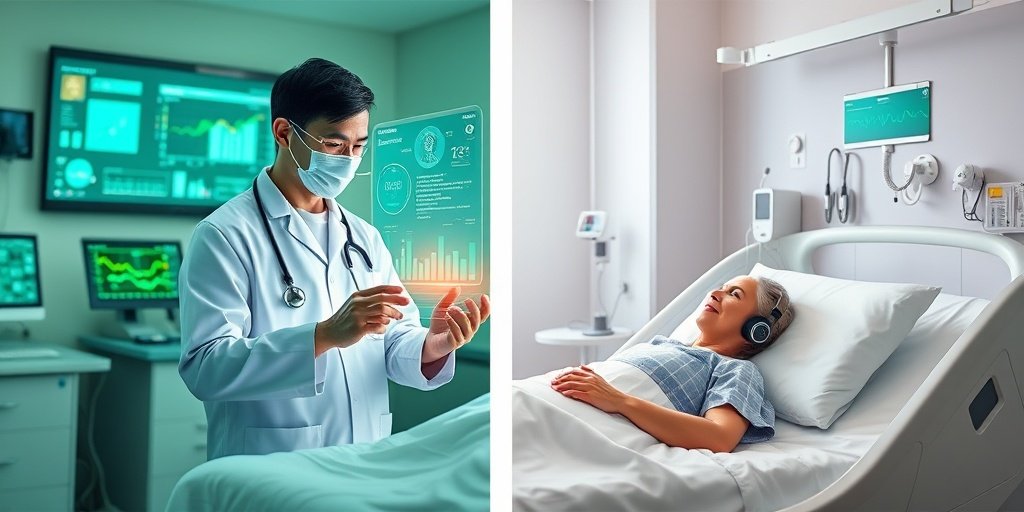⚡ Quick Summary
This article provides an overview of the South Korean guidelines for the approval of large language and multimodal models as medical devices. It highlights key features and suggests areas for improvement in the regulatory framework.
🔍 Key Details
- 📜 Authors: Park SH, Dean G, Ortiz EM, Choi JI
- 🗞️ Journal: Korean J Radiol
- 📅 Publication Year: 2025
- 🔗 DOI: 10.3348/kjr.2025.0257
🔑 Key Takeaways
- 📊 Regulatory Framework: The guidelines aim to streamline the approval process for AI-driven medical devices.
- 💡 Key Features: Emphasis on safety, efficacy, and ethical considerations in model deployment.
- 🔍 Areas for Improvement: Need for clearer definitions and standards for multimodal models.
- 🌐 Global Context: South Korea’s approach may influence international regulatory practices.
- 🤖 Technology Integration: Encourages collaboration between tech developers and healthcare professionals.
- 📈 Future Directions: Calls for ongoing research and adaptation of guidelines as technology evolves.

📚 Background
The integration of artificial intelligence in healthcare is rapidly advancing, necessitating robust regulatory frameworks to ensure patient safety and device efficacy. South Korea is at the forefront of this movement, developing guidelines that address the unique challenges posed by large language and multimodal models in medical settings.
🗒️ Study
This article reviews the current South Korean guidelines for the approval of AI models as medical devices, focusing on their structure, key features, and the regulatory landscape. The authors analyze the implications of these guidelines for developers and healthcare providers, emphasizing the need for a collaborative approach.
📈 Results
The study identifies several strengths in the current guidelines, including a focus on patient safety and the incorporation of ethical considerations. However, it also points out significant gaps, such as the lack of clear definitions for multimodal models and the need for more comprehensive evaluation criteria.
🌍 Impact and Implications
The findings of this article have the potential to shape the future of AI in healthcare. By refining the regulatory framework, South Korea can lead the way in ensuring that innovative technologies are safely and effectively integrated into medical practice. This could serve as a model for other countries looking to enhance their own regulatory processes.
🔮 Conclusion
The overview of South Korean guidelines for AI-driven medical devices highlights both the progress made and the challenges that lie ahead. As technology continues to evolve, it is crucial for regulatory bodies to adapt and refine their approaches to ensure that patient safety and device efficacy remain paramount. Continued dialogue among stakeholders will be essential for fostering innovation in healthcare.
💬 Your comments
What are your thoughts on the regulatory landscape for AI in healthcare? We invite you to share your insights and engage in a discussion! 💬 Leave your comments below or connect with us on social media:
Overview of South Korean Guidelines for Approval of Large Language or Multimodal Models as Medical Devices: Key Features and Areas for Improvement.
Abstract
None
Author: [‘Park SH’, ‘Dean G’, ‘Ortiz EM’, ‘Choi JI’]
Journal: Korean J Radiol
Citation: Park SH, et al. Overview of South Korean Guidelines for Approval of Large Language or Multimodal Models as Medical Devices: Key Features and Areas for Improvement. Overview of South Korean Guidelines for Approval of Large Language or Multimodal Models as Medical Devices: Key Features and Areas for Improvement. 2025; (unknown volume):(unknown pages). doi: 10.3348/kjr.2025.0257